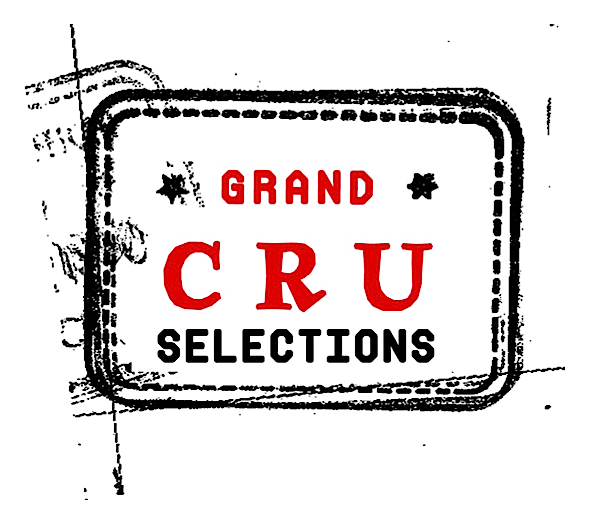Giovanni Menti
Gambellara, Veneto, Italy
Stefano Menti
Giovanni Menti has become synonymous with the natural wine movement and was among the first to pioneer (and master) the “pet nat” movement in Italy. Led today by Stefano Menti, a man whose eyes twinkle when he speaks about his craft, the estate farms pergola vineyards of Garganega in Gambellara, just east of Verona, in the Veneto region. Stefano is deeply committed to channeling his volcanic soils through his wines and prefers to exist entirely outside of the appellation. (Their unofficial slogan is "vino volutamente declassato" or "wine voluntarily declassified.") Their wines will make you reconsider what Soave is all about.
-
Giovanni Menti was founded at the end of the 19th century in Gambellara by Stefano’s great-grandfather who made wine for his own personal consumption in this small town nestled between Vicenza and Verona in the Veneto. Generation upon generation, Menti concentrated its cultivation in the Garganega varietal which is renowned for its versatility. Stefano joined the company following his father in 2001. He introduced organic farming in 2004 and by 2011 the company was certified biodynamic, all based on Stefano’s steadfast desire to take better care of the land and improve quality. Though the majority of the winery’s 7.5 hectares remain planted to Gargagena, Stefano has also added Durella in his tenure, another native varietal of the Lessini mountains.
-
The entire area of Gambellara is 750 hectares divided into 700 hectares of volcanic soil and 50 of limestone. The reigning queen here is the Garganega grape which thrives in the black stone soils and gentle hillsides which lie at roughly 70 m above sea level. The volcanic soils are rich in basalt and tuft and also retain a lot of moisture during the summer so despite hot temperatures in the vineyard, the vines are able to dig deep and extract the moisture they need.
-
All operations are carried out manually in the vineyards, from pruning to harvesting. The vineyards are planted in the pergola method and are surrounded by woods which add biodiversity to each parcel. Minimal intervention is adhered to in the vineyard. The natural fertility of the terrain encourages the biodynamic methods that Stefano uses in the vineyards, like burying cow manure and green manuring. Though he is deeply passionate about biodynamics, he chooses to be certified only in organic viticulture.
-
Grapes are harvested in 10kg boxes and taken to be de-stemmed. Stefano prefers to use as little sulfur as possible in the winemaking process, only for example when deduction occurs or there are dead yeasts. The wines all go through malolactic fermentation naturally and are left unfiltered.
Wines
Paiele
100% Garganega aged for approximately 20 months on its lees in tank. It comes from four hectares of vineyards previously owned by a family whose surname was Paiele.
Riva Arsiglia
Riva Arsiglia is made from a single hectare of Garganega planted in 1935 from ungrafted vines. It is aged for approximately 10 months on its lees in tank giving it a beautiful creaminess. This is Stefano’s take on a “classic white wine” from the region of Gambellara with potential to age.
Roncaie Sui Leviti
Stefano's pet-nat produced for the first time in 2007. The Garganega is sourced from his flattest vineyards and youngest vines. After bottling, Stefano adds dried Garganega must to kick off a secondary fermentation. The wine doesn't see any sulfur added throughout fermentation or bottling. "Sui Lieviti" is Italian for "on its lees" and "Roncaie" is "forest" in the local dialect. The vineyards used to be forestland and wasn't cultivated until the 18th century.
Monte del Cuca
100% Garganega from a 5.5 ha vineyard in Gambellara with about 60 year old vines on average (first vines planted in 1935; most recent implants in 1985). The grapes are harvested and put in crates, brought to the cellar, destemmed and go through fermentation with their skins and native yeasts. No temperature control. After maceration, Stefano decides whether to age in concrete tanks or non-toasted Slavonia oak barrels (or a combination of the two) resting on the lees for at least a year. It is bottled unfiltered followed by a period of aging in the bottle.

